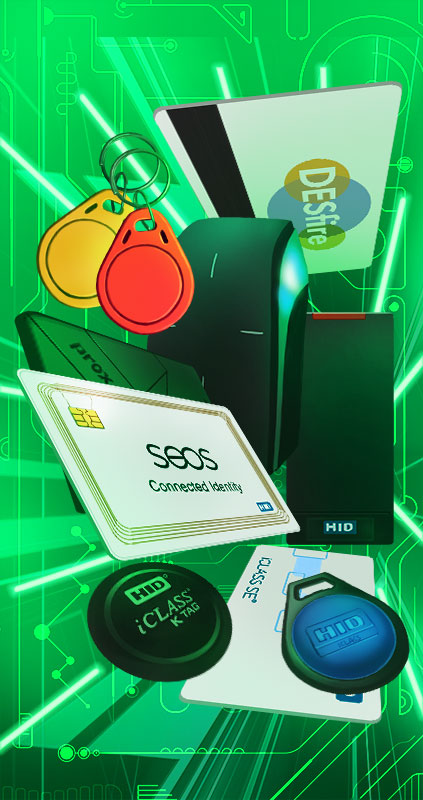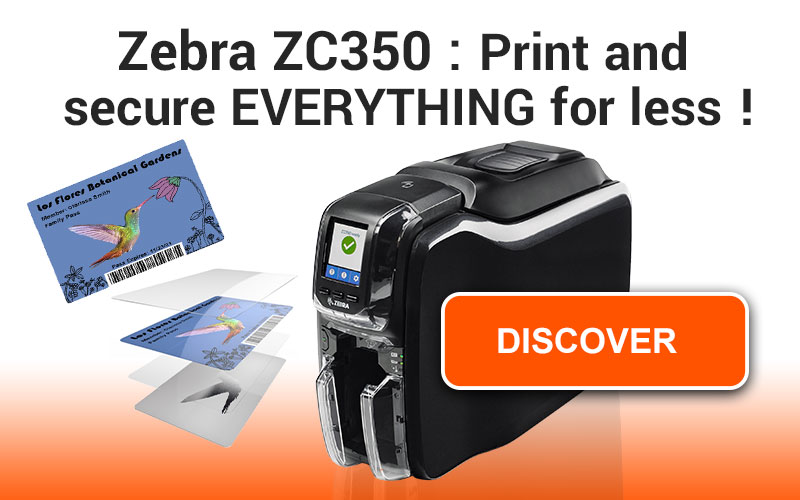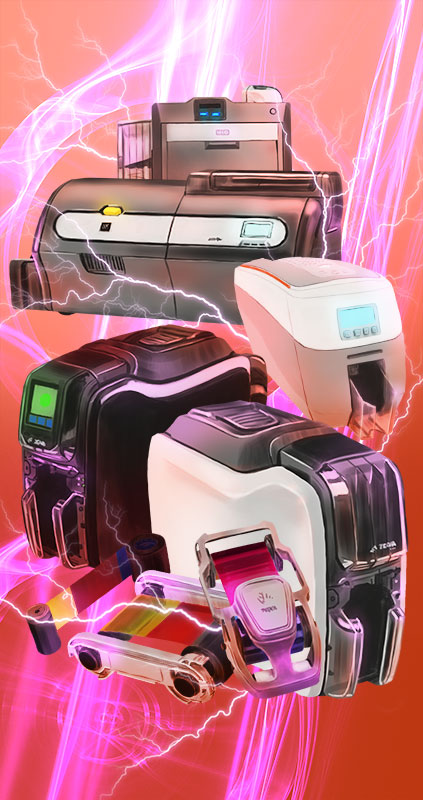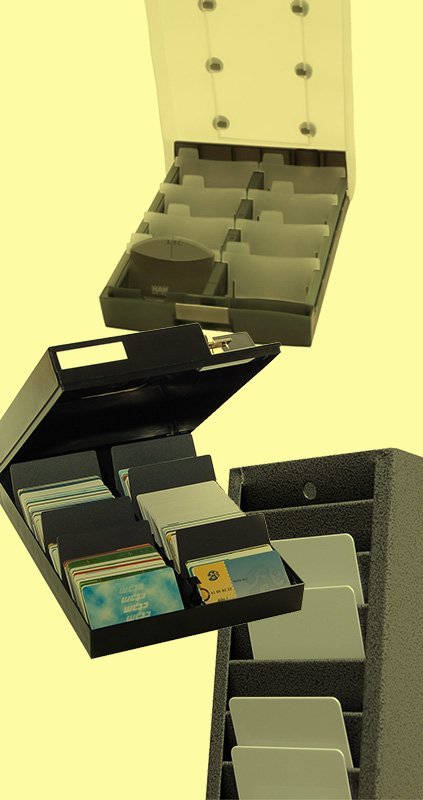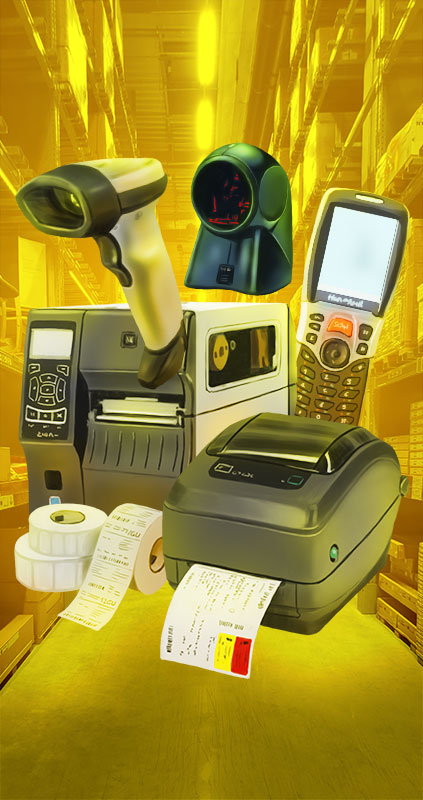Product traceability has become an essential aspect for many industries, especially with the development of globalisation and the resulting increase in the complexity of products and production chains. Traceability helps to ensure product quality and safety while allowing companies to take appropriate action quickly and efficiently when problems arise.
Let's take a look at the principles and benefits of traceability systems and the best ways to implement them.
The objectives of goods traceability
The aim of traceability is to follow a product throughout the production chain in order to create a history of all the information on the intermediaries, materials and processes used in the manufacture of the product.
This history covers all stages, from the procurement of raw materials through production and sales to the disposal of the product.
In short, the aim is to be able to answer at any time the questions: where, when, how and by whom did the product pass.
Traceability must be carried out at every stage of a product's life in order to always know its origin, destination and composition.
Why track products?
Traceability offers many advantages for both companies and customers.
From the customer's point of viewIn addition to the information provided by the website, it provides the essential information to make an informed choice during the purchasing process, whether for food, medicines or manufactured products.
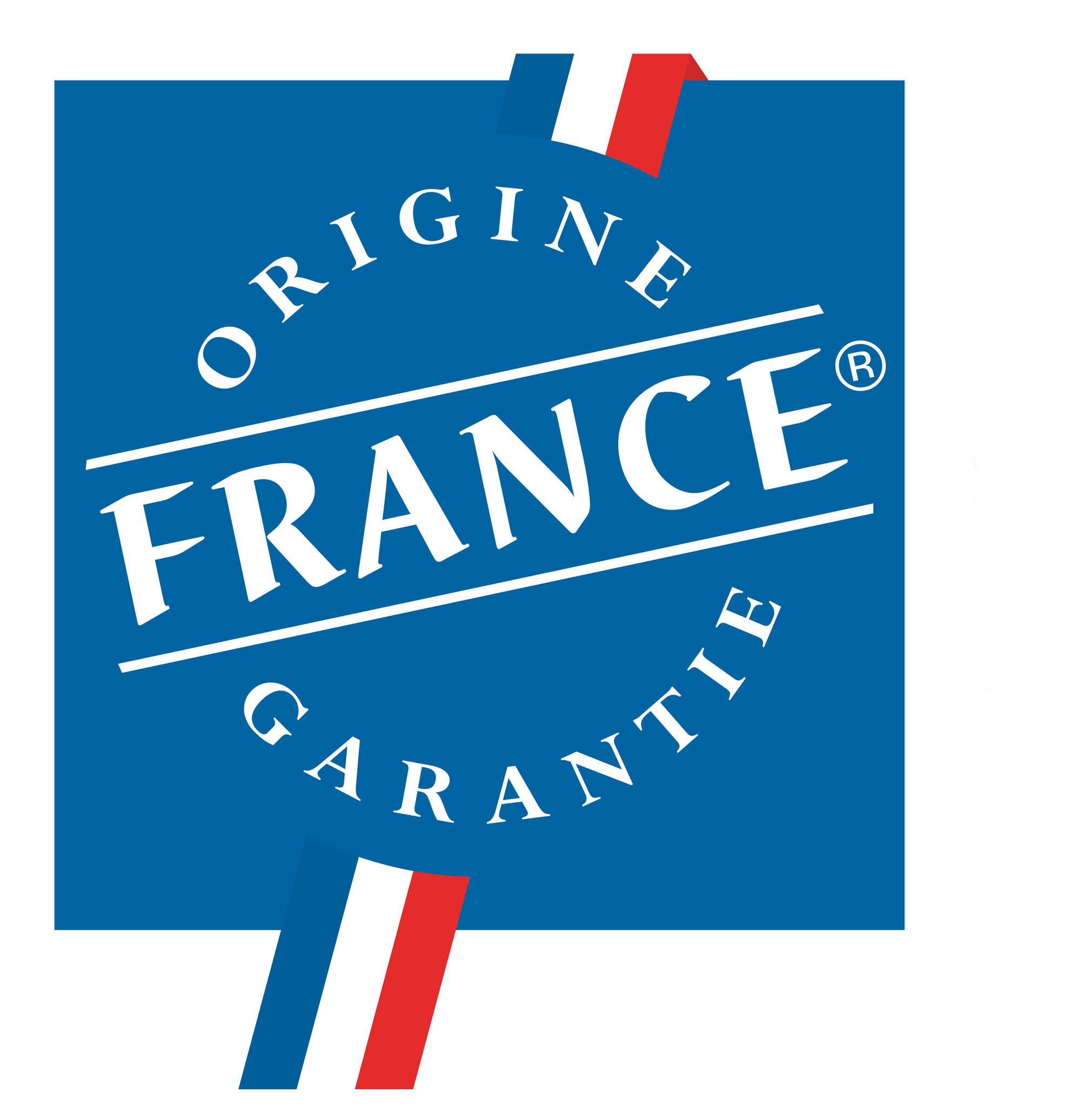
Knowing the origin and composition of products is essential in terms of quality, health and ethics.
From the point of view of the industrythe advantages are multiple.
Firstly, tracing products ensures quality and safety up the production chain, especially when working with processed products.
This way, you are aware of all the suppliers and the raw materials used.
Traceability then allows for an optimised response time and efficiency in the event of a problem in the production line or a product recall.
Once the problem has been identified, it is very easy to trace the person responsible throughout the production chain.
Logistics traceability.
Logistical traceability makes it possible to locate a product and and thus facilitates stock management both internally and externally.
Last but not least traceability meets regulatory obligations.
In many fields such as food, automotive or pharmacology, there are very strict rules concerning the traceability of products.
Traceability is defined in particular by the ISO-9001 standard of International Organization for Standardization
Now that we have identified the benefits of traceability, let's see how to implement it.
Traceability techniques
The choice of traceability technology will depend on a number of factors including
- Company size and production volume
- The sector of activity and the regulations in force.
- The type of product and the expectations of the target audience
In order to meet traceability requirements, there are three main technologies.
Traceability sheets
This is the simplest approach but also the least effective.
It takes the form of paper forms containing all the information required for traceability.
This method is easy to implement but time consuming and unreliable. It is suitable for small companies producing small volumes, with few steps in the production chain.
Barcodes
This is a very common method and has many advantages.
They are inexpensive, easy to use and represent a considerable saving in time and reliability (eliminating data entry errors) compared to traceability sheets.
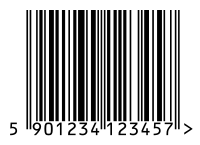
With the help of a barcode readerWith a simple click, it is possible to register a product in its stock and to have access to information on its origin and composition.
To learn more about barcodes, see our article on the different barcodes and their uses
RFID
RFID is the best technology for tracking your products.
In the field of traceability, the following are mainly used RFID tags tags, which are small, self-adhesive, very thin, and have an electronic chip and an antenna.
They have several advantages over barcodes.
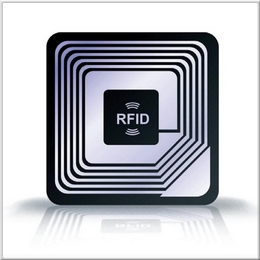
- RFID tags do not require direct visual contact with the reader to be read, unlike barcodes. They can therefore be hidden inside a product or packaging.
- They are more durable and offer a longer life due to their design and the fact that they can be placed under cover in a product.
- It may seem anecdotal, but damage to barcodes during the many stages of a product's life is not uncommon and represents a significant waste of time.
- The contactless reading of RFID chips also makes it possible to scan a very large number of items at once, which saves time for the company and also for the customers at the checkout.
- Finally, RFID chips can contain much more information than a barcode.
However, it should be noted that RFID tags are more expensive than barcodes.
However, they are still reasonably priced and continue to fall due to technological innovations and their increasingly widespread use.
The use of RFID over barcodes is becoming increasingly cost-effective as company size and production volumes increase.
In the long term, RFID is intended to completely replace barcodes.
To learn more about RFID and its uses, see these articles
You can find all the products you need to set up your traceability system on the Elliaden website. In addition, our consultants are available to assist you with your projects.


